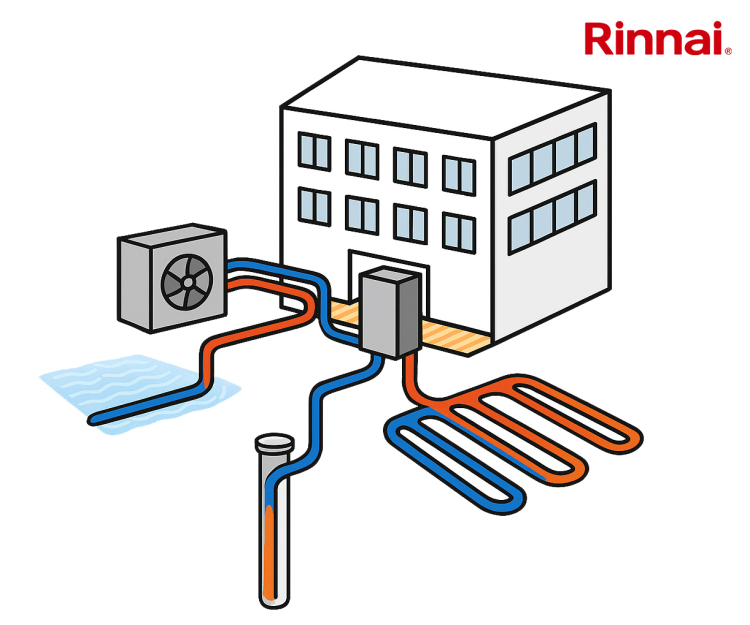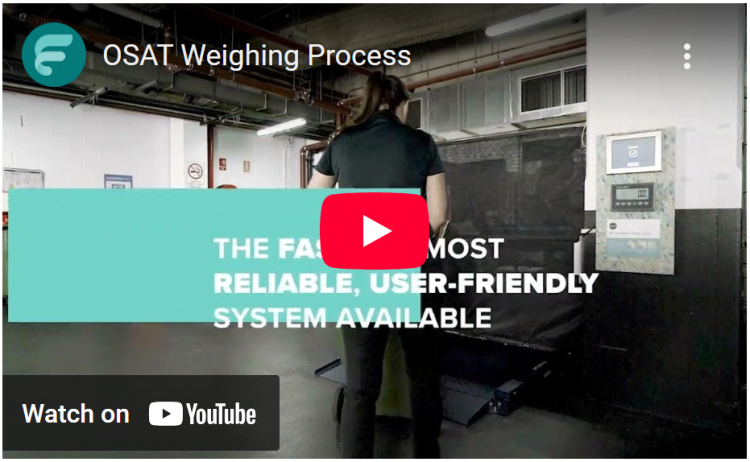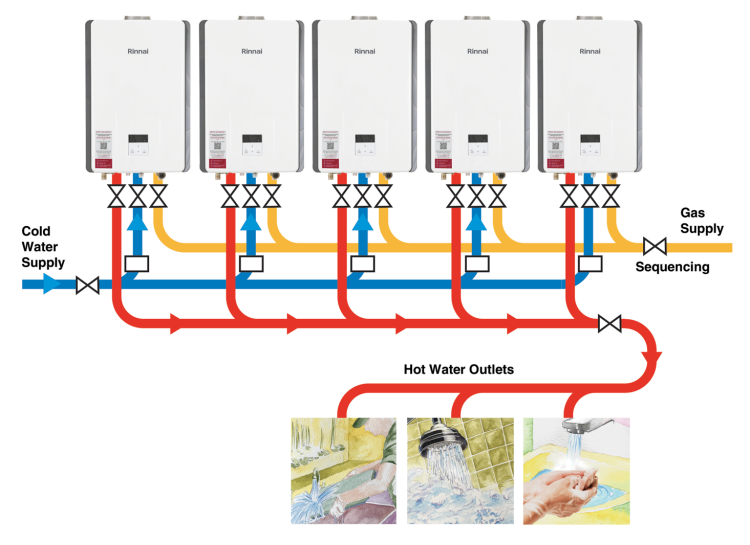08 February 2019
A combination of robotic and internet technology is transforming the efficiency and effectiveness of contract cleaning, writes Christian Berenger, who believes we are headed towards 'Smart Facilities Management'.
We are seeing an increase in demand for the latest time and attendance technologies for field-based workers and remote workers. These new technologies enable employers of large remote workforces such as cleaners and maintenance workers to reduce absenteeism, lower costs via automation and increase productivity. So what happens when we add robots into the workforce mix?
The prevalence of cloud-based technologies such as workforce management software has made it significantly easier for service providers to manage teams of staff across multiple sites remotely whilst providing cost savings and adding to the bottom line. There’s no doubt that new disruptive technologies are driving greater automation in this sector. By integrating robotics, and embracing cloud-based information intelligence, efficiency and productivity measuring and monitoring can get a whole lot easier.
Supplement
Robots are now available to perform a number of cleaning functions, to supplement human employees, not replace them. We know that not all cleaning tasks can be replaced with connected solutions. A robot is just like a computer, it needs human instructions. It needs setting-up correctly to optimise the cleaning task. It won’t move furniture and clean under things but it will increase cost-savings, consistency and the need to repeatedly train hundreds of cleaning operatives in a sector that has a notoriously high staff turnover rate.
Perfected
The company I am MD for, Ezitracker Remote Workforce Management, recently collaborated on a project to increase productivity in the cleaning environment with The Perfect Little Company (TPLC). TPLC has successfully developed robotic vacuum cleaning systems for the commercial market, which are already being used to support schools, offices, warehouses and cleaning contractors across the UK. The robots are usually rented in groups of 10 complete with a trolley, designed to increase efficient use of the robots. Depending on the size of the site, a single operator will typically use between 1 and 4 trolleys (10-40 robots) to spot vacuum 4,000-6,000sq.ft per hour. A single robot will typically be able to fully vacuum 800-1,200sq.ft per hour. This means that a single operator (one cleaner) with the additional support of robots can increase the size of area vacuumed from 4,000sq.ft to 6,000sq.ft per hour.
During the time that robots spend vacuuming, the cleaners can focus on other cleaning duties such as removing waste, wiping and dusting. On average it takes 15 minutes per trolley to distribute, collect then empty the robots, so that creates 45 minutes of free time per hour for cleaners to carry out other duties.
Sack or retain?
Through this partnership, we are not only able to provide clients with much more detailed analysis on the reliability of employees but also their productivity. It makes it easy for clients to identify those employees that are important to retain and where to deploy them whilst the robots clean.
Contractors already using our remote workforce technology are already able to highlight the staff that regularly turn up for work on time and are there until the end of their shift. We found that integrating robotic vacuum cleaners reduced the stress and strain on these cleaning staff. By increasing the amount of available time that they have to complete other cleaning duties and training the staff to use the technology, it increased the value of each member of the cleaning teams.
Stamina
Robots introduce a new level of efficiency that human cleaners are simply incapable of - a person can only vacuum or mop so many square feet per hour. Robots enable cleaning to take place at any time, day or night, they can also remain operational without intervention for longer periods.
Robot Assisted Cleaners
Once a robotic workflow is planned and implemented, a site-specific schedule is created and staff are trained to become ‘Robot Assisted Cleaners’ who are proficient in the distribution and management of the robots. This process then becomes the cleaner’s task. Then smartphone and mobile technology and in-app communication tools deliver added value by allowing them to log these completed tasks. Contract compliance checks can then happen in real-time, remotely. For managers and their clients, this knowledge is power.
Smart Facilities Management
I fully expect that the concept of Smart Facilities Management will become the standard and transform cleaning contractor businesses from reactive to proactive and predictive. FM service providers already using workforce management technology can simply add the robots into the workforce mix. Artificial intelligence in facilities management means eliminating uncertainty and letting the computers do the thinking, freeing up time for Managers to streamline processes, achieve optimum levels of productivity and boost long-term profitability.
www.ezitracker.com
Picture: The rise of the cleaning robots.
Article written by Christian Berenger | Published 08 February 2019
Share
Related Articles
Renta Robot - Vacumbots For Hire Let Cleaners Focus On Other Things
Ezitracker, a provider of workforce management software, has collaborated on a project to increase productivity in the cleaning environment by introducing Robotic Vacuum...
Read Full Article
Digitally Managed Workforces To Succeed In A Data Driven World
Yet to digitise your contract cleaning business? asks Christian Berenger - as technology is transforming the efficiency and effectiveness of the sector.
All businesses...
Read Full Article
ThisWeekinFM Spotlight Interview - Q3 Services
The principals at Q3 Services - a boutique British FM company founded in 2018 - claim they are changing the way clients benefit from outsourced services.
The first...
Read Full Article
Harnessing The Power Of AI - New Book Launched
A much needed guide to AI is how RICS have described a new book by Katie King which focuses on AI in marketing but references facilities management - an area the author...
Read Full Article
How FMs Can Harness The Power Of AI
Katie King, whose new book, Using Artificial Intelligence in Marketing, has just been published, has written exclusively for ThisWeekinFM on the impact AI is having in...
Read Full Article
Marlowe Fire & Security Shows Off Spot
Marlowe Fire & Security will be showcasing their latest, state-of-the-art security solutions at Carlisle Support Services’ Innovation Lab on Thursday 23...
Read Full Article
How Intelligent Automation and Data are Transforming Facilities Management
In post-pandemic recovery, should facilities managers turn to “data-driven leadership” to lead their teams to success?
Michel Spruijt, Senior Vice...
Read Full Article
Everything You Need to Know About AI in Healthcare
Artificial intelligence is changing medical practice and the healthcare industry.
Technologies including machine learning and digitised data acquisition are allowing...
Read Full Article
Government to Invest in Robotics and AI Projects
The Department for Business Energy and Industrial Strategy is to invest in 38 business-led projects to accelerate their robotics and AI technologies.
Such...
Read Full Article
Four Ways Robots are Helping to Address Facilities Management Challenges
Amidst a myriad of safety concerns and government guidelines, facilities managers have turned to new methods and technologies to ensure better hygiene and to keep...
Read Full Article
.gif)


.gif)
.gif)
.gif)



.png)

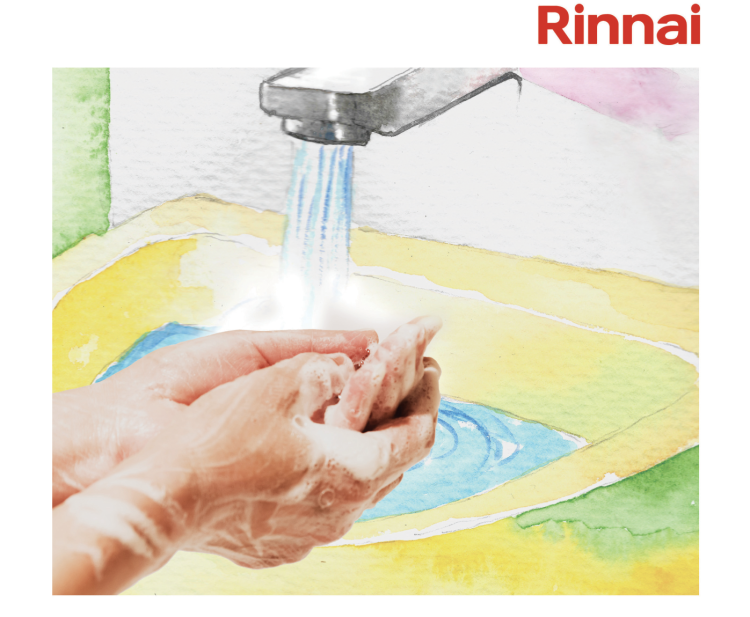
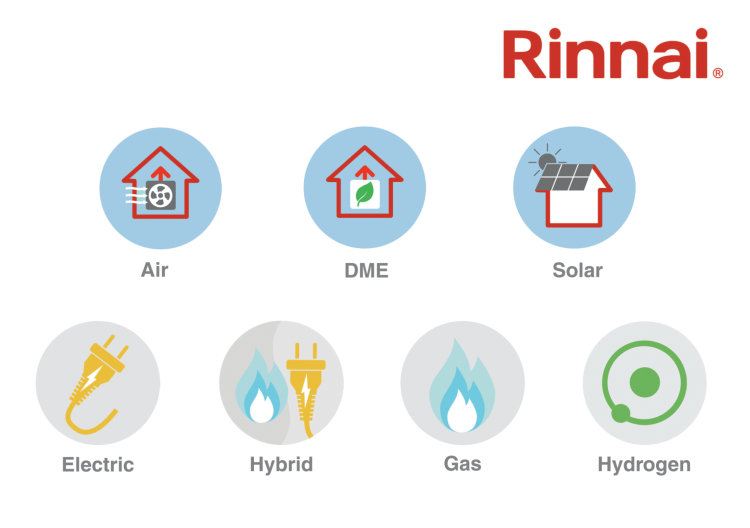
.png)
